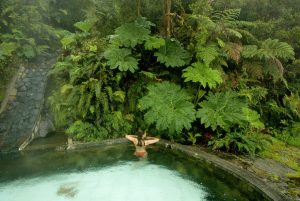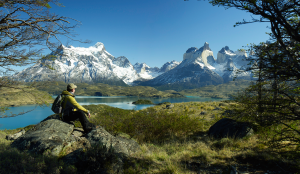Penguins from Chile: Where to see these amazing diving birds
By: Hernan Claro - 20 November, 2023
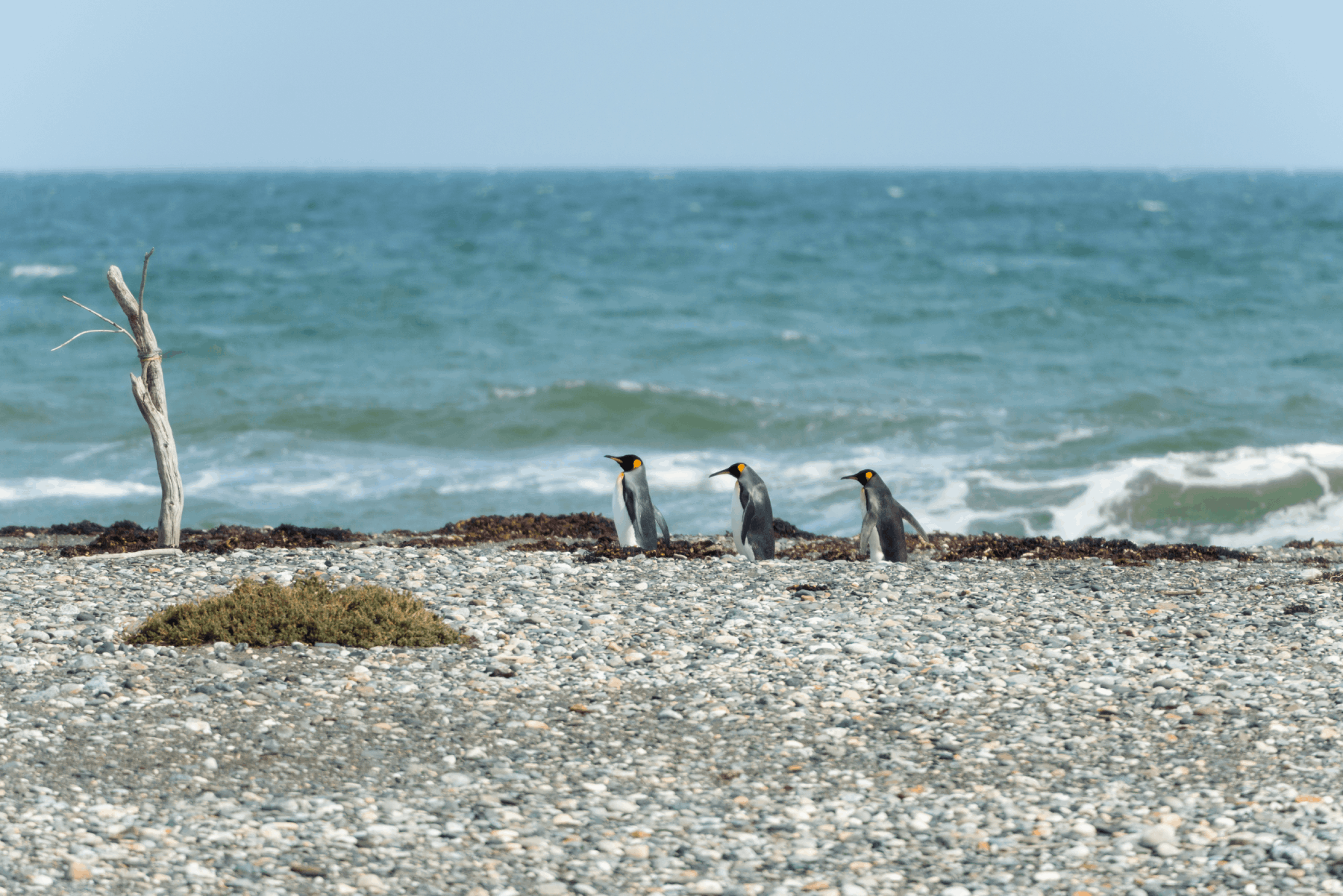
Endearing and clumsy on land but agile and elegant in the water, penguins are an inexhaustible source of wonder and curiosity. In Chile there are several coastal places where you will be able to see these diving birds.
Our country has the privilege to have 9 of the 18 species of penguins recognized in the world, from the Humboldt penguin to the King penguin in the extreme south.
There are different places on the Chilean coast where you can see these wonderful diving birds. If you enjoy nature or go birdwatching, here we will tell you where you will be able to see the penguins from Chile.
Humboldt Penguin National Reserve
Located opposite the town of Punta de Choros, in the Coquimbo Region, the Humboldt Penguin Reserve is one of the most important natural environments in northern Chile.
Here lives the bird that gives it name to the place: the Humboldt penguin. It is characterized by the black feathered band that cross its white chest, which creates a sort of inverted ‘u’ shape.
To arrive from La Serena, you can take a bus that will leave you at Punta de Choros or go on a trip of 72.08 miles (116 km) by car.
Even though the reserve is made up of the islands of Chañaral, Choros and Damas, only the latter has a trail to see the penguins, which opens from Wednesday to Sunday from 9:00 a.m. to 4:00 p.m. and the entry fee varies from $2,200 to $7,400 Chilean pesos.
Los Pingüinos Natural Monument
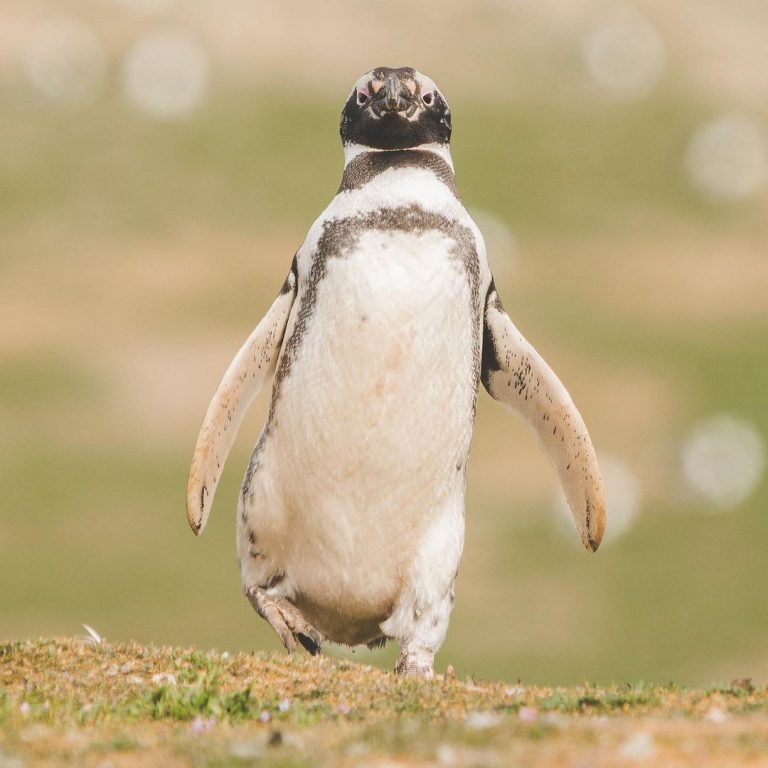
Photo: @__erratico
The Magdalena y Marta islands are located 22 miles (35 km) northeast of Punta Arenas , which form Los Pingüinos Natural Monument. The country’s main colony of Magellanic penguin lives there.
Although it is often confused with its Humboldt relative by its similar size, the Magellanic penguin is distinguished by having two black lines on its chest instead of one.
Los Pingüinos Natural Monument only opens between October and April, remaining closed between May and September. The entry fee varies from $2,500 and $9,000 Chilean pesos, while there are tourist boats that sail from Punta Arenas to this destination.
Islotes de Puñihuil Natural Monument
We move to the Isla Grande de Chiloé, specifically to the three islets located opposite to the Puñihuil cove in the district of Ancud.
In this area the Islotes de Puñihuil Natural Monument is located, one of the few places in the world where both the Magellanic penguin and the Humboldt penguin nest.
Within the same cove there are navigation services that every 20 minutes travel around the islets. The protected area has free entry, and it is open from Monday to Sunday, from 9:00 a.m. to 5:00 p.m.
King Penguin Nature Reserve

Photo: Sernatur
The King Penguin Nature Reserve is located at Km 14.5 on Ruta Y-85, in the area of Bahía Inutil on Tierra del Fuego in the Magallanes Region.
In this sanctuary you will find the king penguin, the second largest of the species. It has a characteristic orange color at its upper chest, at the sides of its head and in a lateral line on its beak.
The colony of king penguins arrived in the area in 2010. After that the nature reserve was installed to ensure their protection. You can visit between October to May. You must book in advance and the entry fee has an overall value of $8,000 Chilean pesos.
Penguins from the extreme south
In the Chilean circumpolar region, we can find six other species of penguins. One of them is the emperor penguin, the largest in the world with an average height of 1.20 m (3,93 ft) and up to 23 kg.
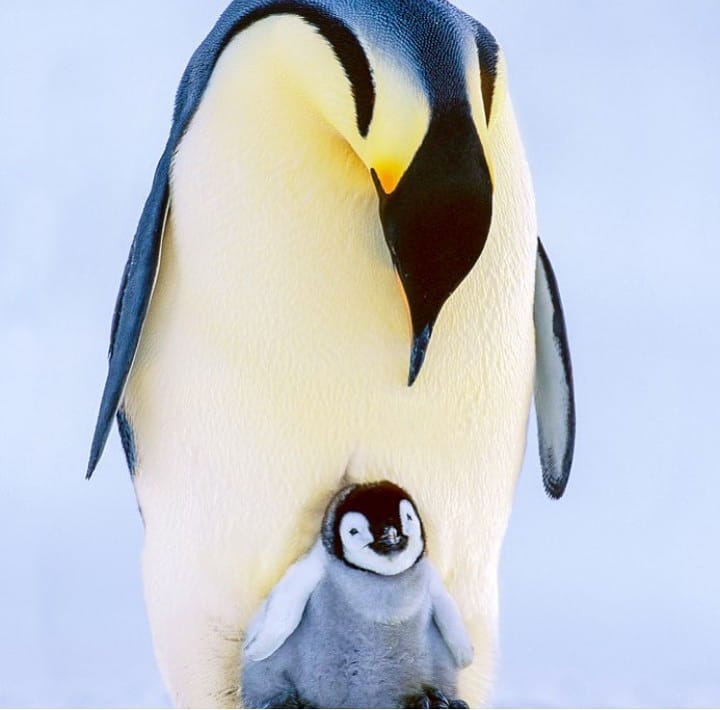
Photo: @chile.en.una.imagen
The emperor penguin can be seen on expeditions in zodiacs from the Base Aérea Chilena Frei, even though access to them is extremely difficult. The Antartic Peninsula is also inhabited by the Adélie penguin and the chinstrap penguin.
Meanwhile, on the semi-arctic islands there are specimens of the macaroni penguin and the rockhopper penguin, which are characterized by their plumes that protrude from their forehead and their head.
Another penguin from Chile is the gentoo penguin, popularly known as ‘juanito penguin’, who is characterized by its white stripe on the head in the shape of a headband.
It can be found near the Navarino islands and Cape Horn, where you can arrive by boat from Puerto Williams, the southernmost city in the world.

Gentoo penguin. Photo: @nicolas.retamales
Responsibility to penguins from Chile
The main natural predators of penguins are orcas and seals in the sea, and skuas and giant petrels on land.
However, humans have also affected these diving birds through the intervention of their habitat, rampant fishing, illegal hunting, and pollution, which has also affected the invertebrate which act as food for them, such as krill and shellfish.
The situation of penguins is an indicator of what the ocean is like, since they are located at an intermediate point on the food chain.
Therefore, it is important to be careful if you see one. Avoid touching them or disrupt their ecosystem caused by some recklessness. Remember to be a responsible tourist and to contribute to the conservation of these species and their environment.


















